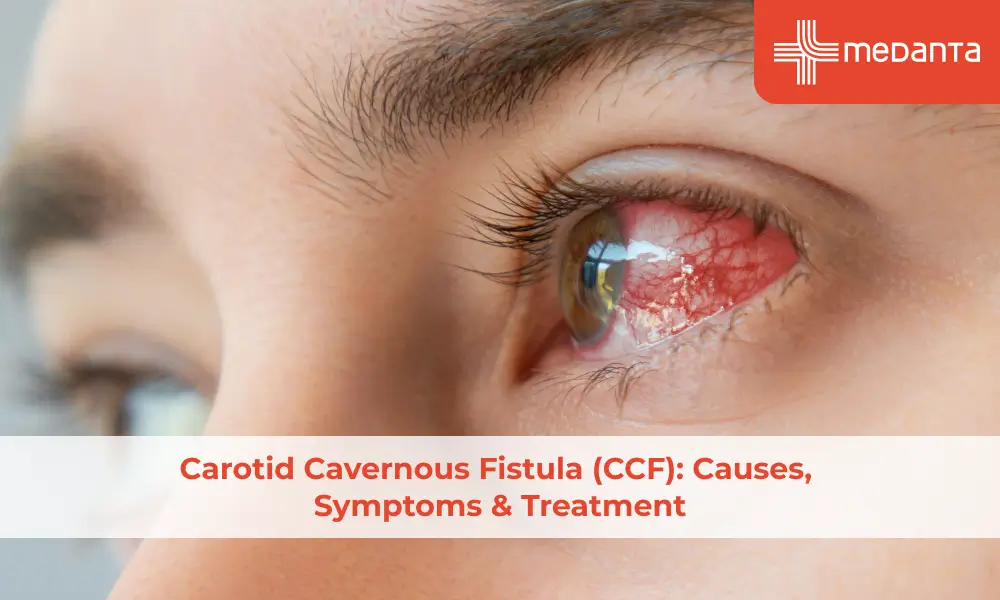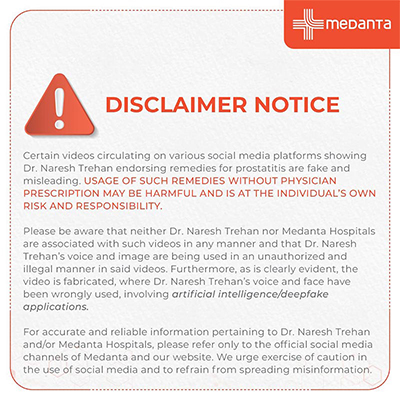How Hormonal Changes Affect Your Skin During Pregnancy

TABLE OF CONTENTS
Hormonal changes during pregnancy significantly affect the skin of many women. These changes can range from the celebrated "pregnancy glow" to more challenging conditions like melasma.
During pregnancy, oestrogen and progesterone levels rise dramatically, particularly peaking in the third trimester. Consequently, these hormonal changes in pregnancy lead to increased melanin production, causing skin darkening during pregnancy in areas like the areolas, genitals, and scars. Additionally, many women notice the development of a dark line running down the abdomen (linea nigra), which typically appears in the second trimester. Skin changes during pregnancy can also include stretch marks, which develop during the third trimester, primarily on the abdomen, breasts, and thighs.
This article explores how these pregnancy hormones transform your skin, what to expect during each trimester, and provides practical advice for managing these changes effectively.
How Hormonal Fluctuations Affect Your Skin During Pregnancy
The physical changes in skin during pregnancy stem from shifts in hormone levels that affect nearly every woman. These changes range from delightful to challenging but are typically temporary and resolved after delivery.
Pregnancy Glow
Pregnancy brings about a unique radiance to many women's complexion. This occurs because the body produces 50% more blood during pregnancy, increasing circulation that brightens the face. Meanwhile, pregnancy hormones cause oil glands to work overtime, creating a shiny appearance. Together, these changes create that coveted "pregnancy glow."
Acne Breakouts
Extra hormones in the body prompt oil glands to secrete more oil, which often leads to breakouts. Women who already have acne might notice worsening symptoms during pregnancy. For treatment, stick to gentle cleansing routines with fragrance-free products. However, avoid prescription medications containing isotretinoin or tretinoin, as these can cause congenital disabilities.
Dark Patches
Many pregnant women experience melasma, which appears as brown patches on the face, especially on the cheeks and forehead. This happens because oestrogen increases melanin production in the skin. Furthermore, sun exposure worsens these patches, so daily use of broad-spectrum sunscreen is essential.
Stretch Marks
Almost 90% of pregnant women develop stretch marks by the third trimester. These pinkish-purple streaks commonly appear on the abdomen, breasts, buttocks, and thighs. They result from a combination of physical stretching and hormonal effects on skin elasticity. Although no treatments are proven to prevent stretch marks, moisturisers with vitamin E may help reduce discomfort.
Itchy & Dry Skin
As your belly grows, skin tightens and often becomes uncomfortably dry and itchy. Severe itching late in pregnancy could indicate cholestasis or PUPP (pruritic urticarial papules and plaques), both of which require medical attention.
Skin Sensitivity
Heightened hormone levels often make skin more reactive during pregnancy. Products that never bothered you before might suddenly cause irritation. Many women find their skin becomes more sensitive to ingredients, fragrances, and environmental factors throughout pregnancy.
Conclusion
Pregnancy transforms a woman's body in numerous ways, with skin changes standing out as some of the most visible effects. These changes happen because hormones like oestrogen and progesterone surge throughout pregnancy. While some women enjoy the famous "pregnancy glow," others deal with acne flare-ups, dark patches, or intense itchiness.
Undoubtedly, each woman's skin responds differently to pregnancy hormones. Most skin changes fade after childbirth, though some stretch marks may remain as lasting reminders of this special time. The body gradually returns to its pre-pregnancy state, and hormone levels typically stabilise within weeks after delivery.
Gentle skin care remains the safest approach for those experiencing pregnancy-related skin changes. Women should choose fragrance-free products and remember that sun protection becomes especially important during this time. Before trying any treatments, pregnant women should consult their doctors about the safety of specific products.
Finally, understanding these changes helps women feel more prepared and less anxious about their transforming bodies. Pregnancy-related skin changes, although sometimes challenging, represent a normal part of the incredible journey toward motherhood.
FAQs
Is it safe to administer acne treatments during pregnancy?
Most over-the-counter acne cleansers containing benzoyl peroxide, topical salicylic acid, azelaic acid, and glycolic acid are generally safe to use during pregnancy. However, prescription acne medications, including isotretinoin, oral tetracyclines, and topical retinoids, should be avoided as they may cause birth defects or affect the baby's development.
What skincare ingredients should I avoid while pregnant?
Regarding pregnancy skincare, certain ingredients require caution:
Retinoids (vitamin A derivatives), including tretinoin and retinol
Hydroquinone
Formaldehyde
High-concentration chemical exfoliants
Essential oils in high concentrations, particularly tea tree and rosemary oil
How can I safely manage itchy skin during pregnancy?
Itchy skin is common during pregnancy. To cope effectively:
Bath with mild, fragrance-free soaps or body wash
Add uncooked oatmeal powder or baking soda to your bath
Apply cool, wet cloths to irritated areas
Use heavy moisturisers twice daily
Avoid hot showers, which can worsen dryness
Will all my skin changes disappear after pregnancy?
Most skin changes that occur during pregnancy gradually improve after childbirth. Conditions like acne, the pregnancy glow, and spider veins typically fade within a few months postpartum. Dark patches (melasma) usually lighten but may not completely disappear. Stretch marks often fade from reddish to silvery-white but rarely vanish completely.






